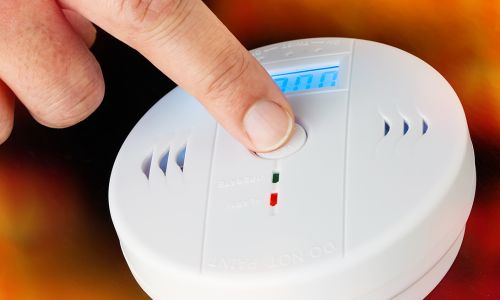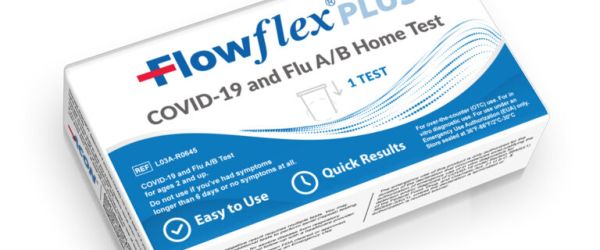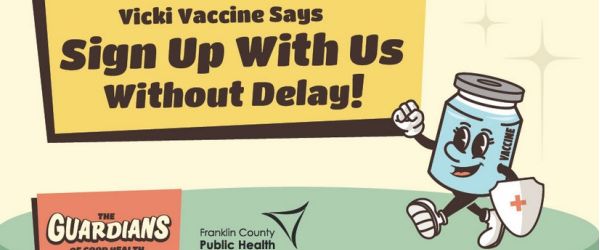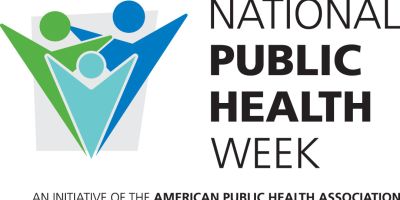Sharing Knowledge
Expertise
Resources
Making Public Health Public
Premier Network of
Public Health Communicators
Increasing the Dissemination of
Accurate Information
LATEST NEWS HIGHLIGHTS

Norovirus is Surging in Parts of the U.S.
Norovirus, the leading cause of foodborne illness in the U.S., is surging this winter, with CDC data showing a sharp increase in outbreaks. From just 69 outbreaks in late November, reports jumped to 91 by early December, far exceeding recent years’ averages.
Highly contagious, norovirus spreads easily through contaminated food, water, surfaces, or direct contact, requiring as few as 10 viral particles to cause illness. Symptoms include vomiting, diarrhea, nausea, and stomach pain, with dehydration posing serious risks, particularly for young children and older adults. Public health professionals play a crucial role in prevention through education on hand hygiene, surface disinfection, and monitoring vulnerable populations in congregate settings. Read more from PBS here.

Dry January: What to expect — and How it Works
Dry January offers a chance to take a break from alcohol, with potential benefits for both physical and mental health. Studies suggest that even a short period of abstinence can improve sleep, help with weight loss, and enhance skin health. Participants may experience better sleep quality, as alcohol disrupts rest, and some even shed pounds due to fewer calorie-dense drinks.
To succeed, experts recommend strategies like removing alcohol from sight, scheduling alcohol-free social activities, and treating yourself to "sober treats" as alternatives to drinking. This month-long challenge can help rewire habits and foster new ways to relax and connect. Read more from NPR here.

Reminder: Carbon Monoxide Detector Safety
As winter approaches, it's vital to remind communities about the importance of carbon monoxide (CO) detectors. The Centers for Disease Control and Prevention (CDC) emphasizes that CO is a colorless, odorless gas that can be deadly when inhaled in large quantities. Symptoms of CO poisoning include headache, dizziness, confusion, and nausea.
The CDC recommends installing a CO detector in every home, particularly near sleeping areas, and testing it monthly. If the detector sounds an alarm, get fresh air immediately and seek medical help. Public health professionals should share this lifesaving information to help prevent CO poisoning during colder months. For more info, visit the CDC's carbon monoxide page here.
FEATURED TOPICS
New At-Home Test Identifies Flu or COVID
Written on

This flu season brings a breakthrough in managing respiratory illnesses with new at-home tests that detect both flu and COVID-19 simultaneously. Available without a prescription, these tests provide accurate results within 15-30 minutes, empowering individuals to determine the cause of their symptoms without visiting a clinic.
Early diagnosis aids in preventing transmission, starting treatments like Paxlovid or Tamiflu promptly, and protecting vulnerable populations. These tests, costing about $15, are a game-changer for public health, allowing faster, informed decisions about isolation, care, and treatment. Experts hail them as a milestone in respiratory illness management, offering peace of mind and safeguarding communities. Read more from NPR here.
Save the Date | NCHCMM
Written on

Planning for the 2025 National Conference on Health Communication, Marketing, and Media (NCHCMM) is underway, with exciting updates for public health communication professionals. Mark your calendars for the updated dates: July 28–30, 2025, in Atlanta. This new Monday-Wednesday schedule enhances convenience for attendees.
Additionally, the conference welcomes the Public Health Communications Collaborative (PHCC) as a full partner, joining NPHIC and the CDC to advance strategies and innovations in public health communication. The call for abstracts will open soon, providing an opportunity to share impactful work. Stay tuned for updates, including hotel reservation details, and prepare to engage with leaders shaping the future of public health communication. Learn more at NCHCMM.org.
Sugar in the First 1,000 Days After Conception Linked to Health Issues Later in Life
Written on

A recent study in Science reveals that reducing sugar intake in the first 1,000 days after conception (gestation through age 2) may significantly lower chronic disease risks later in life. Researchers found that children with reduced sugar exposure during this period showed a 35% lower risk of developing type 2 diabetes and a 20% lower risk of high blood pressure, with onset of these conditions delayed by several years.
The study, using data from WWII-era sugar rationing in the UK, suggests that early dietary habits shape lifelong health. Health experts recommend supporting parents and caregivers with nutritional literacy to reduce sugar in children’s diets, fostering a healthier future. Read more from CNN here.
Guardians of Good Health – Public Health Campaign
Written on

Franklin County Public Health in Ohio recently launched The Guardians of Good Health campaign to reshape the public’s perception of public health beyond COVID-19. With $155,000 in federal and state funds, they worked with a Columbus-based branding company to create retro-inspired cartoon characters representing different public health roles: Vicki Vaccine for immunizations, Millie the Microscope for infectious diseases, and others.
Designed to resonate across age groups, the campaign spans digital ads, streaming PSAs, and medical office materials. Early feedback shows strong engagement, and a forthcoming comic book aims to expand outreach further, positioning public health as a vital, accessible, and community-centered field. Angela Taah, Communication Specialist at FCPH, invites NPHIC members and public health professionals to learn more about the campaign here and to reach out to her directly for sharable campaign assets (posters, stickers, cards, ads, etc) at AngelaTaah@franklincountyohio.gov.
Latest Blog Posts
Podcast
"Public Health Speaks"
A bi-monthly podcast series about public health issues to educate, inform and assist our members, partners and affiliate organizations in understanding and overcoming urgent communication challenges
From Our Partners
CDC Online Newsroom
- CDC Confirms First Severe Case of H5N1 Bird Flu in the United States
- CDC warns of a Salmonella outbreak linked to cucumbers
- CDC warns of Listeria linked to ready-to-eat meat and poultry products
- CDC confirms H5N1 Bird Flu Infection in a Child in California
- CDC warns of new E. coli outbreak linked to organic carrots
- California confirms first clade I mpox case
- Measles cases surge worldwide, infecting 10.3 million people in 2023
- 2023 CDC data suggest the STI epidemic may be slowing
CDC Latest COVID-19 Science Update
CDC FluView Weekly Summary
CDC Morbidity and Mortality Weekly Report
- Outbreak of Blastomycosis Among Paper Mill Workers - Michigan, November 2022-May 2023
- Tularemia - United States, 2011-2022
- Notes from the Field: School-Based Surveillance of Mycoplasma pneumoniae Trends and Impact on School Attendance by Students and Staff Members - Missouri, Fall 2024
- QuickStats: Mental Health Treatment Trends Among Adults Aged ≥18 Years, by Age Group - United States, 2019-2023
- Notes from the Field: Geo-Temporal Trends in Fentanyl Administration Routes Among Adults Reporting Use of Illegally Manufactured Fentanyl When Assessed for Substance-Use Treatment - 14 U.S. States, 2017-2023
GET INVOLVED! NPHIC SOCIAL MEDIA
NPHIC YouTube Channel
-
Ayuda a proteger a tu bebé contra enfermedades graves
05 January 2025
-
Vital Statistics Modernization - Community of Practice
05 January 2025
-
Val’s Story: Preventing Cervical Cancer (:30 Seconds)
05 January 2025
-
Joy’s Story: Preventing Cervical Cancer (:30 secs)
05 January 2025
-
Ayanna’s Story: Preventing Cervical Cancer (:30 secs)
05 January 2025
-
Answering Parents’ Questions: How do I know what information to trust about HPV vaccination?
05 January 2025
-
Answering Parents’ Questions: Can HPV vaccination cause infertility in my child?
05 January 2025
-
Answering Parents’ Questions About HPV Vaccination: Is HPV vaccination safe?
05 January 2025



















